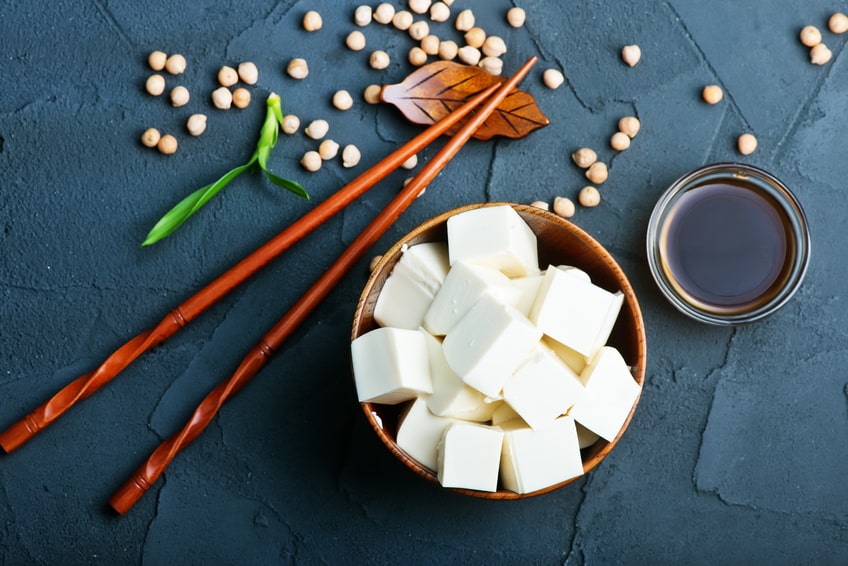As a “meat of the field” or “boneless meat”, tofu has provided billions of people from Eastern Asia with abundant nourishment for decades. It is rich in protein, low in calories and can be combined with a wide variety of dishes and flavors.Tofu can be prepared with simple tools from your own kitchen. When making homemade tofu one saves money, reduces packaging waste, reduces the impact of transportation, protects the environment, may experience new pleasures, does something good for their body, promotes enjoyment and much more!It is said that once you have tasted fresh homemade tofu, you do not want to eat or buy another one ever again. We can absolutely confirm that!
There are two inevitable by-products of the tofu production: Okara and whey. Both contain valuable nutrients and can be used for cooking.
Whey consists of 1% solid components of which 59% are those proteins which have not solidified during curdling. The whey still contains 9% of the total protein originally contained in the dried soy beans, plus a significant portion of the vitamin B content, and some natural sugars. The solid components lost in the course of creation are predominantly water-soluble carbohydrates, including the oligosaccharides, which are considered to be the cause of flatulence. The absence of these substances makes tofu much easier to digest than soy beans.
In the past, women in China have used whey as facial cleansers against oily skin, care for the complexion or as a shampoo. In addition, whey is an excellent nutrient for indoor plants. Some use whey instead of water or milk for baking or as the broth and soup basis for cooking.
Okara is the soy pulp consisting of the insoluble parts of the soy bean that remains in the production of soy milk. It is beige and has a crumbly, fine-grained structure, similar to corn semolina or freshly grated coconut. An important component of Okara is the fiber, which is recognized for its indispensability in a well-balanced diet. When we use Okara, we are holistically using the soy bean and all of its promotional properties. Okara contains around 17% of the protein of whole soy beans and 3,5% of its own weight consists of protein; the same ratio we find in full-cream milk or in brown rice.
Used in the right way, Okara is a tasty healthy food that plays a significant role in traditional Japanese cooking. It is light, almost flaky, goes well with any spice and is ideal for adding to sauteed vegetables, soups, casseroles, breads and salads. Dried and roasted Okara can be used like roasted, ground coconut flakes in baked goods.
Okara has a shelf life of up to five days in the fridge. You can also freeze it if you have no time or desire to use it immediately.
